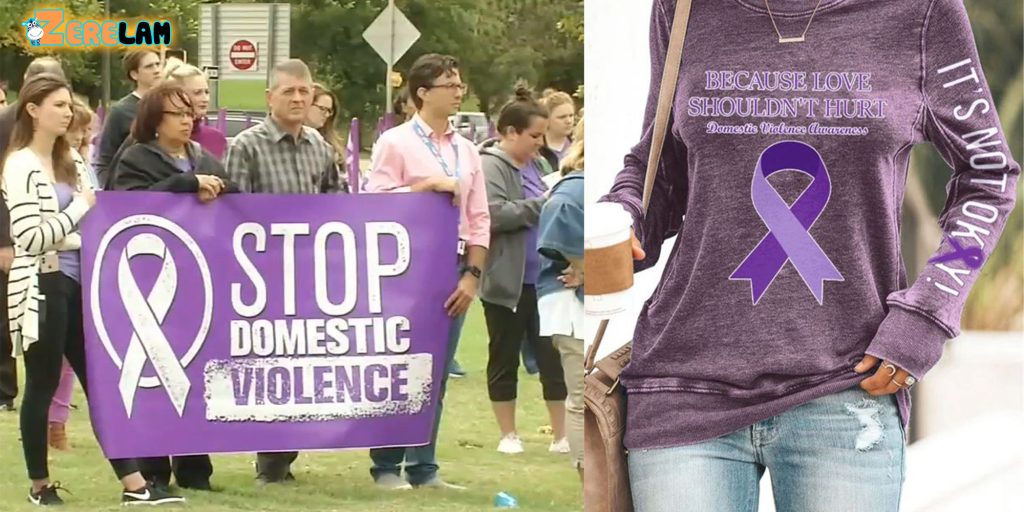News
National Domestic Violence Awareness Month
Lisa Schaefer, the Des Moines County Attorney, spearheaded Burlington’s inaugural Clothesline Project event at the Memorial Auditorium. The event, which took place on a Tuesday, was attended by approximately two dozen individuals and focused on raising awareness about domestic violence.
The month of October is recognized as Domestic Violence Awareness Month.
The event was a collaborative effort between Schaefer’s office, the Burlington Police Department, the Des Moines County Sheriff’s Department, the Domestic Violence Intervention Project, and the Rape Victim Advocacy Program from Iowa City.
The Clothesline Project is a poignant visual representation of often overlooked violence statistics. It features T-shirts created by survivors of violence or those who have lost someone to violence. Each color of the shirt symbolizes a different form of violence.
Originating in Hyannis, Maryland in 1990, the Clothesline Project was started by survivors of domestic abuse who sought to bring public awareness to the issue.
A beige T-shirt bore the message: “You are not broken.”
The project drew inspiration from the public’s response to the AIDS quilt in the 1980s. According to Schaefer, almost every state now has some version of the Clothesline Project, with around 500 projects existing worldwide.
Click here to check out more Domestic Violence Awareness Shirt.

Schaefer shared that they were the first county to host such an event since before COVID-19. She emphasized that it’s a powerful way to shed light on a topic that people often avoid discussing, especially when it affects them or their family members directly.
A blue T-shirt read: “I was only four, Daddy.”
Support was available at the event through DVIP and RVAP; both organizations had advocates present. The Auditorium also provided private rooms for counseling. Attendees were encouraged to contribute to the project with T-shirts and art supplies made available.
Schaefer expressed her hope to grow the event and keep all T-shirts created in Des Moines County within their local program.
A red T-shirt stated: “He used handcuffs … I don’t wear bracelets anymore.”
Thanks to a donation from Alter Scrap Metals, all shirts and art supplies were provided free of charge. The shirts were displayed throughout the auditorium for attendees to view at their leisure.
The atmosphere was akin to an art gallery filled with both despair and hope.
A yellow T-shirt pleaded: “STOP hitting MOMMY.”
White T-shirts symbolized victims who lost their lives to violence. An overwhelming number of these shirts adorned the walls. Yellow and beige shirts represented victims of assault or battery. Red, orange, and pink were for survivors of rape or sexual assault. Green and blue signified survivors of incest or child abuse. Purple and lavender were for individuals attacked due to their sexual orientation.
A green T-shirt asked: “Mommy, do all bad mans have to sit in a wheelchair before they die so we can run away from them?”


